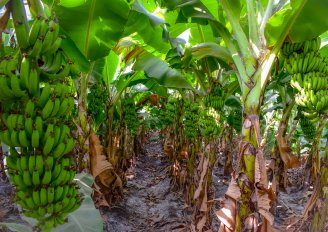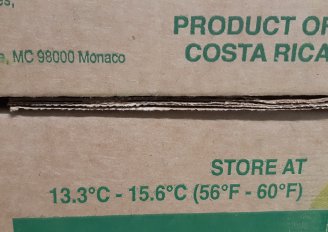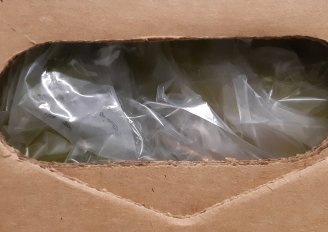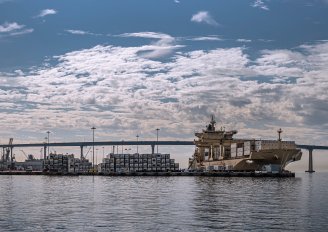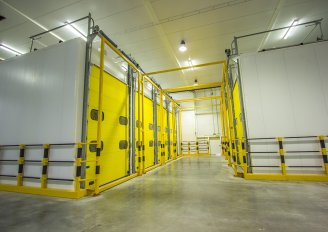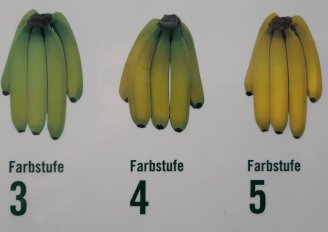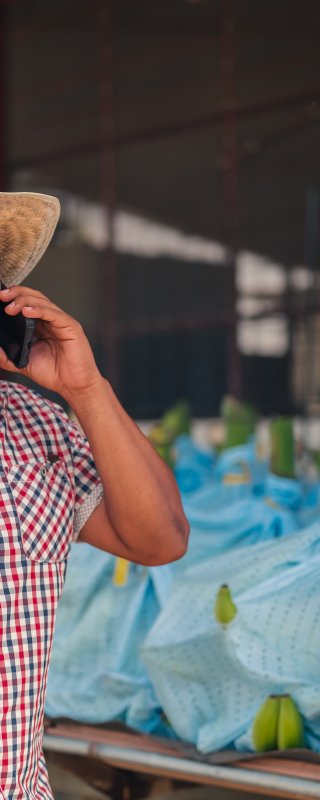
The banana supply chain
Practices in each step of the fresh chain have a great influence on the postharvest quality and shelf-life of fruit and vegetables. This also holds for (dessert) banana. Harvest and cold chain must be well managed to reach the expected banana quality by the consumer. By using appropriate harvest processes and chain conditions, quality can be maintained longer and shelf life can be extended. Failure to follow these processes may result in a high degree of loss or deterioration of the product to a lower quality class. Every step in the chain is important for success later in the chain.
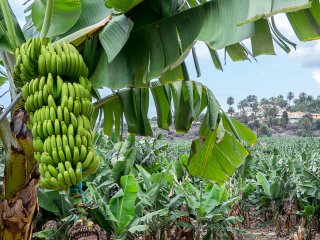
Aim for high quality at each step of the chain
Dessert banana is traded internationally, making use of refrigerated sea transport, and is in fact the most traded fruit in the world. Cavendish cultivars are the most common bananas. Banana is a typical climacteric fruit, its ripening continues after harvesting and is closely associated with a sharp increase in respiration and ethylene production. The subsequent development stages are visible as the ‘green life’ stage, the ripening stage, and the eat-ripe yellow stage. For long-distance markets, bananas must be harvested in the pre-climacteric (green) stage and be kept as such during transport. Controlled ripening then takes place to deliver bananas at the desired stage of ripeness to retailers and ultimately to the consumer.
